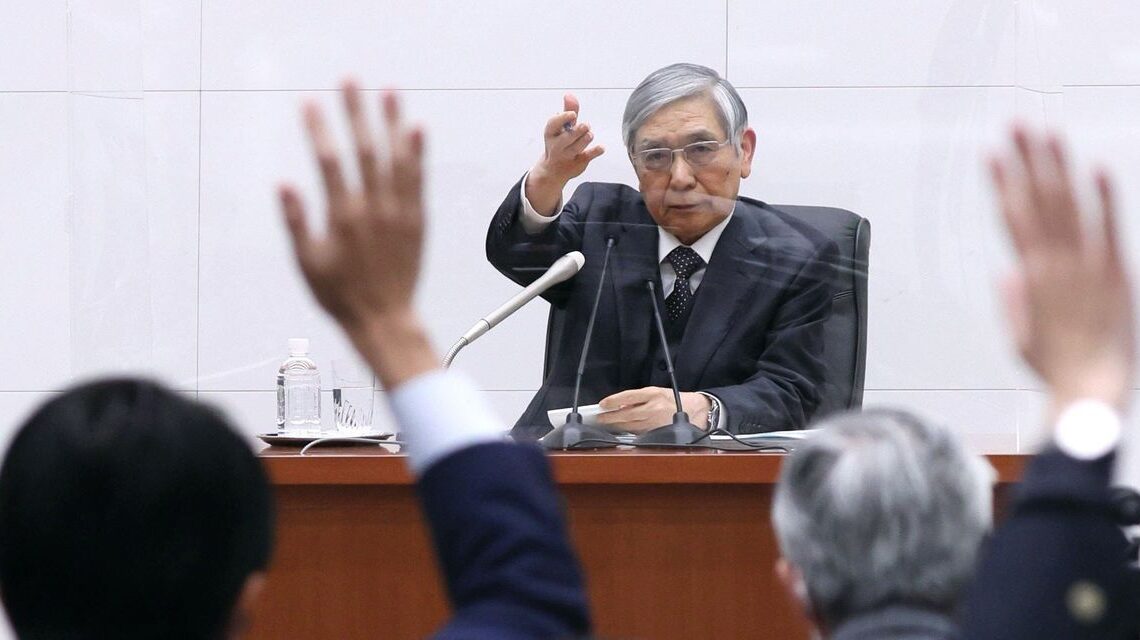It capped an event-filled year for developed-world central bankers in which the Federal Reserve lifted its benchmark rate above 4% and the European Central Bank moved up to 2%. The inflationary forces that pushed the U.S. into rapid clampdown mode proved so powerful that even Japan’s central bank, which long stuck to near-zero rates, felt it had to budge—in part to protect the value of the yen, analysts said.
The Bank of Japan said it would let the yield on the 10-year Japanese government bond, which it has kept under its control since 2016, rise as high as 0.5% from a previous cap of 0.25%. Market players quickly took advantage of the new leeway, driving the yield up to 0.395% by late Tuesday.
The bank’s governor, 78-year-old
Haruhiko Kuroda,
is set to complete his second five-year term next April, and he is expected to step down although there has been no official announcement.
Tuesday’s sudden move recalled some of Mr. Kuroda’s greatest hits—the “bazooka” of government-bond purchases in 2013 that helped stem Japan’s chronic deflation and the introduction of negative short-term interest rates in 2016.
This one differed, however, because Mr. Kuroda wasn’t trying to juice Japan’s long-sluggish economy and reach his 2% inflation target. Instead, it was a defensive move more likely to tamp down the economy than stimulate it.
To explain it, Mr. Kuroda pointed to the poor functioning of bond markets recently, in part because the central bank’s tight control over the 10-year yield put it out of whack with other rates. Trading volume in the 10-year bond has fallen and it hasn’t properly served as a benchmark for pricing corporate and regional government bonds, analysts said.
“It was not a rate increase but aimed at improving market functioning,” Mr. Kuroda said. By encouraging more normal bond trading, the effects of the Bank of Japan’s still-low rates “will spread more smoothly” through the economy, he said.
Most analysts said the full list of reasons was likely longer than the one Mr. Kuroda gave.
The wide interest-rate gap between the U.S. and Japan had led overseas speculators to bet that eventually Mr. Kuroda would have to raise rates at least a little. The yen fell at one point this year to a more than three-decade low, causing pain for consumers because Japan had to pay more…
Click Here to Read the Full Original Article at WSJ.com: World News…

